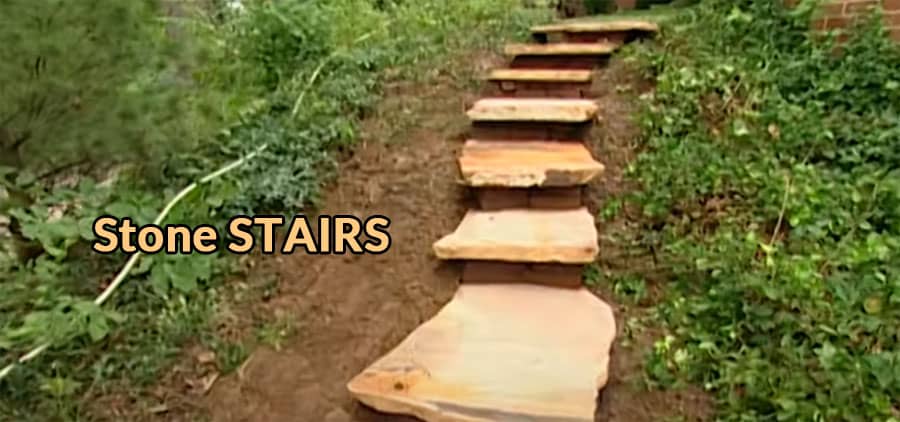You need to know about Stone Stairs

What are Stairs?
Stairs are a series of steps or flights of steps for passing from one level to another. Stairs were traditionally made primarily of wood, stone, and metal.
Apart from traditional materials, RCC and fibres have taken a large share of the market as innovative and modern materials.
Along with the introduction of new materials in modern home construction, there is also the arrival of innovative technologies with extra benefits.
Despite this ever-changing availability, people continue to have a fascination with using various types of stones for constructing stairs, such as natural stone veneers, natural stone step pavers, and so on, to enhance the natural beauty of the steps and impress visitors.
In this article, we will discuss stone stairs, their type finishes, and each type of stone stairs' detailed advantages and disadvantages.
Types of stones used for stone stairs
The use of stone stairs varies from building to building because of certain factors like budget, climate, local availability, the frequency of use and the maintenance demand.
We are going to take a look at each of these stones in brief.
Limestone Stairs
A common type of stone used in construction is limestone. It can be cut into blocks or slabs according to the size of stair treads needed, and then these blocks or slabs can be used as stair treads.
Among the main reasons for limestone stair's high popularity is that they are strong and durable by nature. They also have an elegant appearance and require little or no maintenance.
Solid Granite Stairs
Solid granite stairs are an attractive and commonly used type of stone stairs. They are made from solid blocks of granite cut to size. Steps are 7" high, and various widths and lengths are available.
These massive blocks can be dry laid or mortared onto a basis when necessary. There are several types of granite, each with its own colour, grain, and edge treatment.
Sandstone Stairs
All over the world, sandstone is commonly used as a construction material. Sandstones are relatively soft by nature, making them easy to work with.
The primary reason for using sandstone stairs in the interior of a home is that they are non-slippery, come in various shades, and require little upkeep.
Travertine Stairs
Travertine is a limestone type of natural stone that is frequently used in modern architecture. Travertine is a type of natural stone falling under the limestone category.
It comes in a variety of colours, from grey to coral-red, and maybe polished to a smooth and lustrous finish.
Basalt Stairs
Basalt is a dark-coloured, fine-grained stone that can be used as a tread for stairs by cutting it into the size and shape necessary.
Artificial Stone: An Artificial Stone is formed by mixing marble powder with resin and pigments and then casting it into a block. For the final output of slabs, slabs must undergo different processing steps, such as cutting, calibrating, grinding, and polishing. These Stones are used to make other stairs like.
Terrrazzo Stairs
Terrazzo is a sort of stone that may be used to bring any idea to life. Stair treads can be designed in terrazzo in an infinite number of ways. Among all the components of stone staircases, it is notable for the terrazzo stair treads.
Fieldstone or Natural Stone Stairs
Large, flat natural stones are used to construct fieldstone staircases. Depending on the stone, fieldstone stairs can be laid without mortar in a variety of methods. Fieldstone steps have a much more rustic and natural appearance than other types of stone stairs, but they will be more uneven.
Marble Stone Stairs
Choosing a marble for stair steps means selecting a material with inherent strength, beauty, and brilliance that only a stone with a history can have: a primaeval and amazing story revealed through its colours and various veins and amplified by the passage of time.
Conclusion
Stairs act as a pathway to go from one floor to another. Stairs must be chosen according to the needs, the budget, and the stairs' usability with matches with the building they will be installed.
Stone Stairs of the proper type will also add to the looks and aesthetics of the overall building.
To learn more, watch the following video tutorial.
Video Source: Your New House
